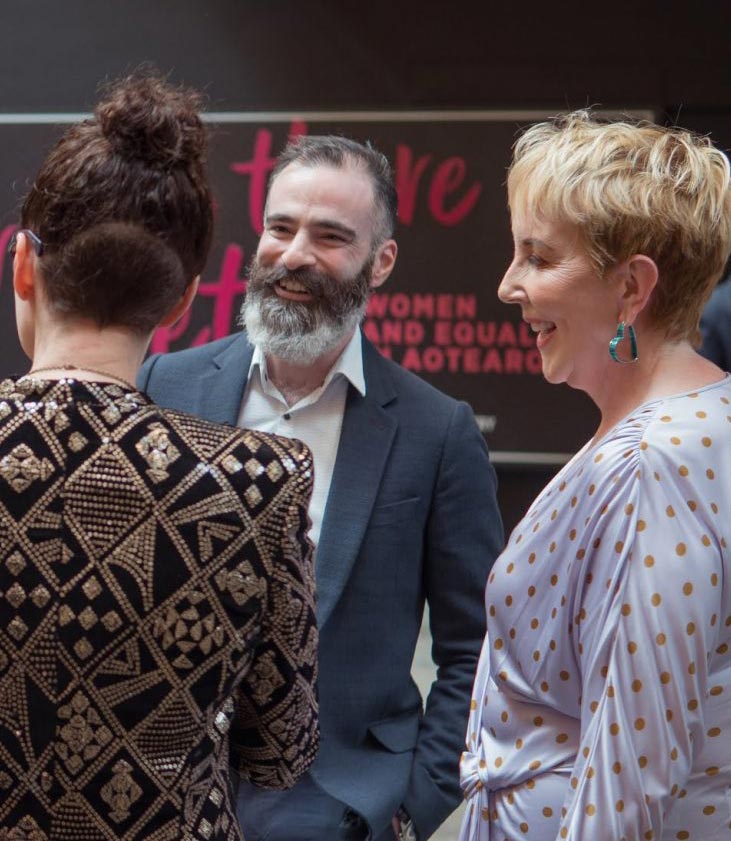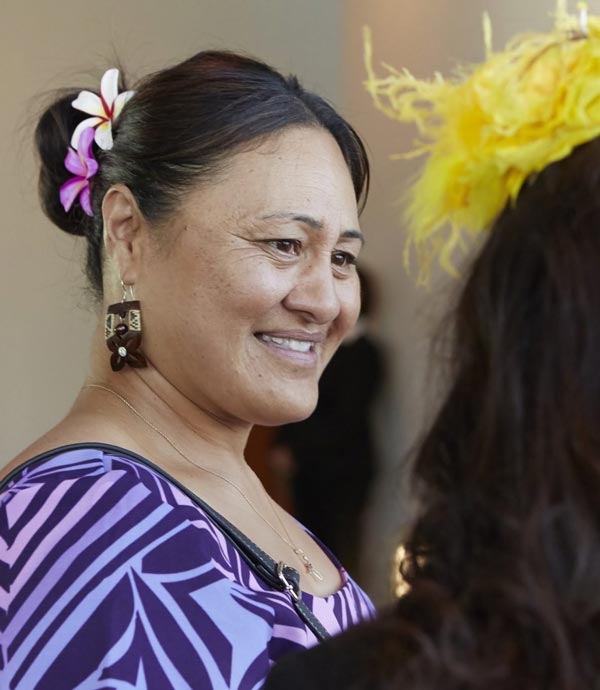The 2017 Deloitte Women in the Boardroom report was released earlier this month. This bi-yearly report takes a look at the representation of women on boards and in senior leadership across 60 different countries—and shows how diversity begets diversity.
Incremental changes
The report shows a modest 3% increase in board diversity worldwide. Globally, women now occupy 15% of all board seats, up from 12% in 2015.
The New Zealand experience is represented by a small sample of 18 organisations. Thus, we appear to perform well against the global standard—albeit with plenty of room for improvement. Since 2015 New Zealand has clocked a 10% increase in women’s board representation, and a 5.6% increase in the number of board chairs that are held by women.
Deloitte New Zealand Partner Peter Gulliver says that despite the small size of the sample, the results for New Zealand are—for the most part—consistent with other recent research. “The New Zealand Census of Women on Boards 2017, published last month by AUT professors Judy McGregor and Stevie Davis-Tana, shows that the number of women on the boards of NZX top 100 companies has climbed above 20 percent for the first time, with over 22 percent of board members now women. However, according to AUT, the number of female board chairs and CEOs of the top 100 companies have not changed since 2012.”
Gender diverse boards lead to more gender diverse leadership
One of the most persistent themes of the report was the correlation between the presence of women chairs and an increased number of women at board level with a greater number of women in senior management roles.
Companies with a female board chair have on average nearly double the amount of women serving on boards (28.5%), compared to those lead by a male chair (15.5%).
This is nearly identical when looking at the number of women on boards at organisations lead by a women CEO. At organisations with a female CEO, women make up 28.8% of the board on average—compared to just 14.5% at organisations with a male CEO.
Building a diverse board
Of course, diverse boards don’t “just happen”. Companies need strong leadership to change their board’s composition as well as the determination to move outside of the same “board experienced” candidates.
Joanne McCrae, Private & Tax Partner at Deloitte New Zealand, highlights the need for boards to actively discuss their need for diversity and constantly challenge their decision making when it comes to candidate selection.
“Boards need to have top of mind where they’re getting their applicants from and look outside of their traditional channels,” Joanne says.
And, in order to get the full value of that diverse board, women need to be represented across the full spectrum of business areas—not just those traditionally coded as “female”.
Joanne says: “It’s not just about getting women on to the board or into executive roles, but about ensuring their skills are across a variety of areas—building their experience in the revenue producing areas of the business, as well as the softer areas.
“Boards need to ask: am I putting this woman in this role because it’s an “obvious” role for a woman, like human resources or remuneration? Am I using her to the full potential of her expertise?”
One suggestion to help organisations achieve diversity is that they expand their search to include those with important skillsets but who may lack CEO or board experience.
For example, boards could move away from advertising or seeking people with “CEO experience” and ask themselves instead what they actually need—is it commercial acumen, exposure to mergers and acquisitions, or broad exposure to technology? This approach should help organisations grow their available talent pool, and ultimately, select board members with diverse perspectives.
Finally, as Joanne stresses, nomination committees themselves need to diversify. “Women’s low level of participation in board nomination committees is a common thread in the report and a committee that lacks diversity is more likely to make non-diverse selection decisions.”
More to discuss
Other themes that came through the report included:
“Good governance” is increasingly becoming synonymous with diversity of perspectives
We’re making progress in turning the Titanic around: Overall, more companies are understanding that diversity is key to remaining relevant in an increasingly competitive business world.
Boards are seeing more external pressure as there is an increased focus on gender diversity among investor groups.
For the first time a majority of investors believe that gender diversity at the senior management level is important or very important.
Diverse approaches to increasing diversity
In May, the NZX released more robust guidelines on addressing diversity at a board level. This is reflected globally in the Deloitte report, with many countries making an active effort to create more gender equal boards.
The report touches on a number of these approaches:
- The widely-discussed quotas and voluntary targets—as in Australia and the UK.
- A less woman-targeted approach, such as that of Belgium, where boards are required to have a representative minimum of one third male and one third female with the last third unspecified.
- Specifying that one gender must not occupy more than two-thirds of boards seats, as in Kenya.
- Evening-up the numbers by specifying that if a board only has one gender represented then the next appointment needs to be of the other gender, as in Israel.
Read the report
You can read the full report over on the Deloitte website.



